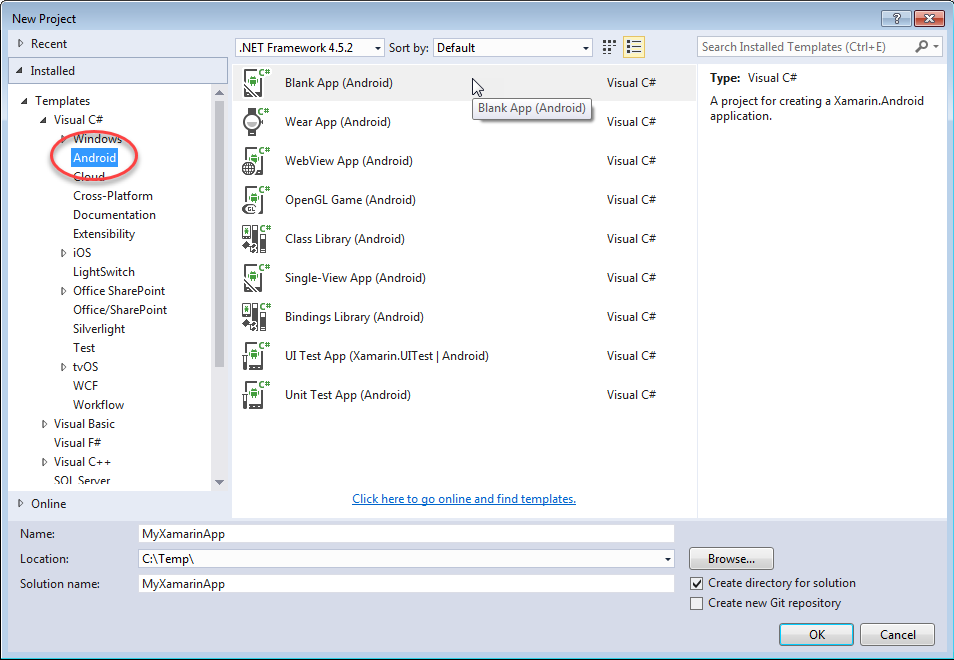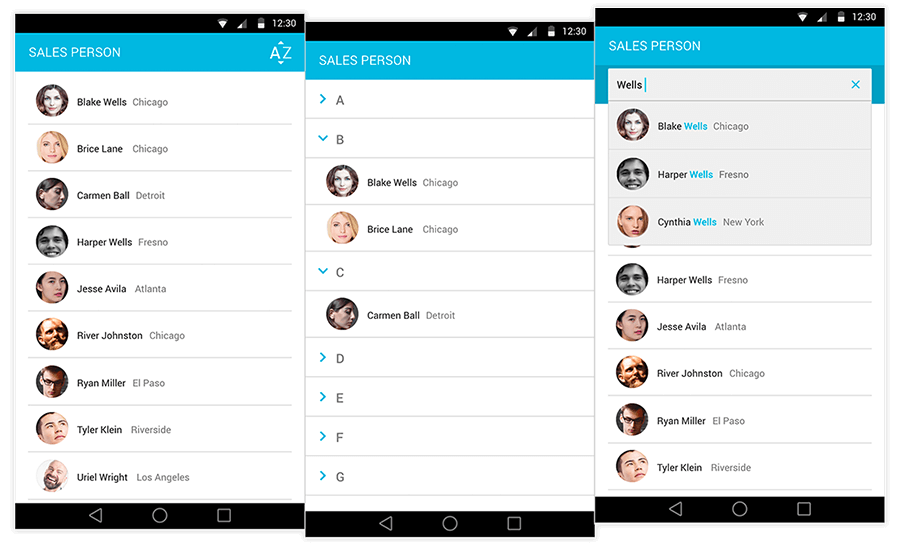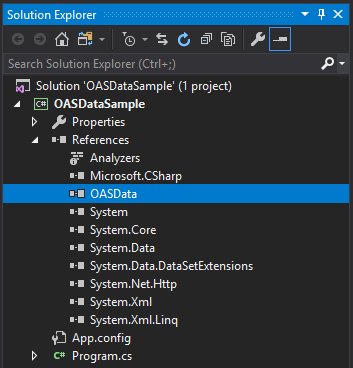

Finally, this slows down or even prevents the innovation of new features since developers are focused more on platform-specific issues rather than on developing new features, building user experience, and making the app fun to use.Īnother way you can handle the same assignment is “Write-Once-Run-Anywhere” approach, which is famous for it’s poor user experience, not complete API coverage, and high abandonment rates. It usually delays the completion of all 3 apps, making you prioritize the platform to start with, hoping that other 2 will catch up later on, etc. However, if you consider all 3 major platforms for your app development, then you have to build each app exclusively for iOS, Android, or Windows individually, so you need to have multiple codebases and hire a large team of developers for each platform. Of course, if you favor one specific platform for your app to live in, the traditional “Build Apps Natively” approach will work perfectly for you. When your business discovers a need to have a mobile app to run across major platforms and devices, there is a dilemma that you face – Native or cross-platform? And here are the companies that are taking advantage of Xamarin today:


Today, nearly 500,000 developers are already using Xamarin to create amazing apps.


 0 kommentar(er)
0 kommentar(er)
